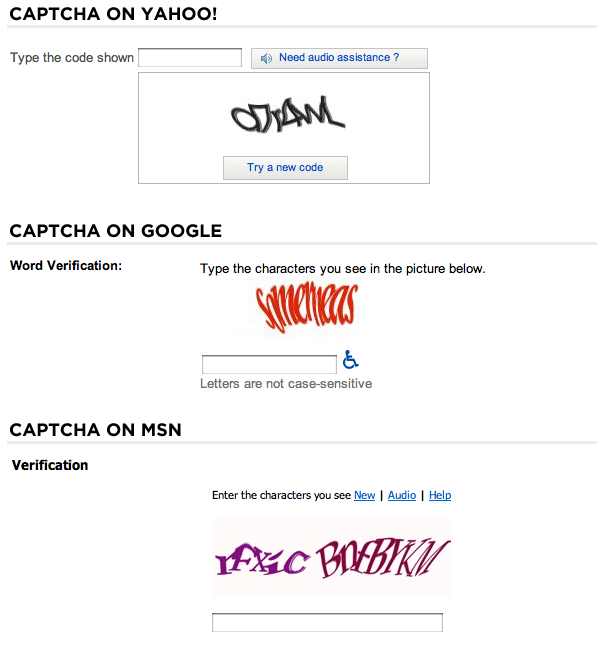For all its problems, America is a great place. And one thing
that makes America great is its prosperity. Yes, some people have
suffered during the recession—but compared to all the other
countries in the history of the world, America is rich. Why?
One reason is that America is a good place to do business.
Dinesh D'Souza, author of What's So Great about
America, points out: "In most other societies, the businessman
has been looked down upon. He's been seen as a kind of sleazy guy.
But then American founders specifically put protection for patents
and trademarks in the Constitution.
And suddenly, the entrepreneur is taken from the bottom of the
heap and brought to the front."
Today, Asian students crush Americans on standardized tests, but
it's Americans who invent things like the transistor and the
integrated circuit and go on to win disproportionate numbers of
Nobel Prizes. Our culture of entrepreneurship turns that science
into wealth.
 TV pitchman Anthony Sullivan is from Britain, but he says
his business didn't thrive there.
"I found in England if there's 10 reasons you could do
something, there's 20 reasons why you couldn't do it, you shouldn't
do it, " says Sullivan. "I found in the States that people will
give you a shot."
One sign of this attitude is that it's relatively easy to start
a business here. I opened one in Wilmington, Del. I named it the
Stossel Store. It was just a table from which I pitched my Give
Me a Break book and Fox merchandise. I picked Wilmington
because our research showed that Delaware and Nevada make opening a
business easier than other states. It still took me a week to get
legal permission, but it would have taken much longer in
Europe.
"I have started businesses in the U.K. and India. It takes at
least a month or more just to open doors," A.J. Khubani, president
of TeleBrands, says.
Unfortunately, bureaucrats are threatening this good part of
America. I had to register with the Delaware Secretary of State and
the Division of Corporations, get a federal employer identification
number, buy commercial liability insurance, register with the
Delaware state Department of Finance, etc.
I didn't even try to open a business in my hometown, New York
City, because the bureaucracy is so ferocious. The fastest-growing
cities of the world make it easier. In Hong Kong several years ago,
I got a business permit in just one day. It's a reason Hong Kong is
rich. Entrepreneurs are encouraged.
But at least America is a close second.
America also has a different idea about failure. The Stossel
Store was a bad idea. I lost money. D'Souza says that in other
places, that would be evidence that I am a complete failure. I
tried to make a profit, failed, and so shouldn't try again.
That's the attitude in most of the world, says D'Souza.
"You say: 'You know what? I tried my hand at business. It didn't
work. Now, let me take a salary job where I'll have some
security."
He says that's not true in America.
"An American will start a company. It'll fail. Pretty soon, he's
starting a newspaper, or he's now trying to export fish to
Japan."
We know that Thomas Edison invented the light bulb, but Edison
failed much more often than he succeeded. He had hundreds of
failures. He was fired by the telegraph office, and lost money on a
cement company and an iron business. Henry Ford's first company
failed completely. Dr. Seuss' first book was rejected by 27
publishers. Oprah was fired from her first job as a reporter. A TV
station called her unfit for television.
"There's something in the American temperament that says, 'Gosh,
I lost seven times but that's OK,'" D'Souza says. "And I think that
that's a resiliency of the American spirit."
It's one of several great things about America.
John Stossel is host of Stossel on the Fox Business
Network. He's the author of Give Me a Break and of
Myth, Lies, and Downright Stupidity. To find out more about
John Stossel, visit his site at johnstossel.com.
COPYRIGHT 2010 BY JFS PRODUCTIONS, INC.
DISTRIBUTED BY CREATORS.COM


 In this era of global economic downturn, two countries, Germany and China, aren’t doing too shabbily. Now they can’t be further apart: Germany is a stable democracy with a mature economy and China is an authoritarian government with a nascent yet rapidly growing economy.
In this era of global economic downturn, two countries, Germany and China, aren’t doing too shabbily. Now they can’t be further apart: Germany is a stable democracy with a mature economy and China is an authoritarian government with a nascent yet rapidly growing economy.




 Name:
Name: 


 The Afterworld
The Afterworld




